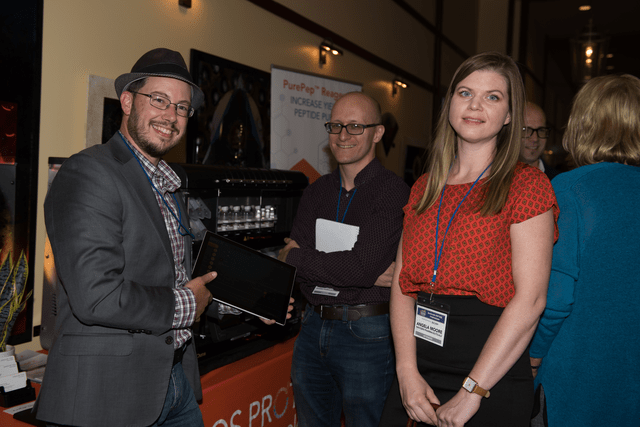Time is running out to submit your research poster for the 2021 Boulder Peptide Symposium and present in person. Graduate students and post-docs are eligible to apply for a travel award and receive free registration and $500 towards travel costs.

What are the advantages of presenting an abstract?
- Reach a diverse audience of key decision makers and thought leaders in the peptide field.
- Get direct feedback on your research strategy
- Find collaborators to commercialize or further develop your idea
- Enjoy fine food, drinks and networking during the poster session.
A presentation abstract should convince the reader that the topic is important and that they should come to see your complete presentation at the meeting. An abstract describing a research study should include:
TIPS ON WRITING A PRESENTATION ABSTRACT
- A statement that introduces the problem you are studying,
- The methods section in which you describe the approach and tests that were used,
- The results/conclusions in which you communicate why your findings are worth presenting. Stating “The findings will be presented.” is not acceptable. Even though the space is limited, you must include the main results of your study.
- The summary in which you state what you learned or where you are going in the future.









